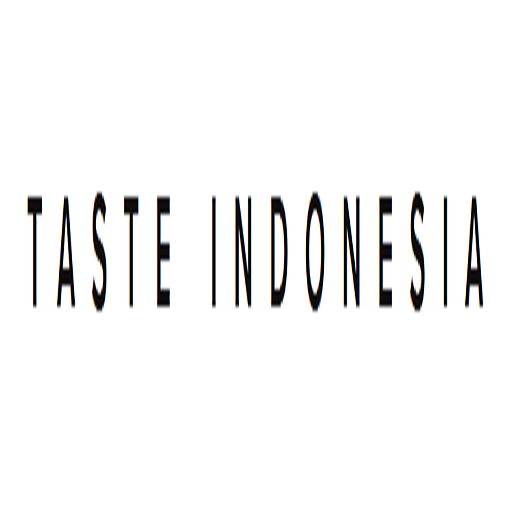Indonesian Nasi Minyak
BY: Chef William Wongso via Culinary Institute of America YouTube
Rice is at the heart of any meal in Indonesia. Here at the Jambi Museum on the island of Sumatra, William Wongso and a local cook show us how to prepare Nasi Minyak, or Indonesian Fragrant Spiced Rice, originating from the Batang Hari Regency of Jambi in Sumatra.
Jambi -- is another province settled in Sumatra Island, which properly located on the east coast of central Sumatra. The capital of this province is Jambi city.
At early begin, before Indonesia colonized by the Dutch colonial Jambi was a part of well-established of Srivijayan Kingdom. Srivijayan kingdom was an ancient Malay kingdom in Sumatra. It gained its influence some time in 7th century but rather overshadowed by the large neighbor kingdom that time, namely Sriwijaya. Melayu then became a subject of Sriwijaya and then Sriwijaya fell, Majapahit took over this kingdom. Then Minangkabau people of West Sumatra claimed this area after the fall of Majapahit.
In 17th century, the Dutch East India Company created an alliance with Sultan Muhammed Nakhruddin. The Dutch then monopolized pepper trade in this area. Later on 1901, Dutch East India Company moved its place to Palembang in South Sumatra and Jambi was free of its influences then.
The people in Jambi is dominated by the ethnic of Malay with the group of Kerinci and Minangkabau. The economic site from this province is mostly come from Jambi city as the capital of this province. The busy spot from Jambi city is on Batang Hari river as an oil and rubber-producer center.
Mount and Lake Kerinci is commonly visited by the tourist while they passing by to Jambi. The existance of flora and fauna in Jambi, makes this city own their particular of national park as a reservation for those habitats, and others tourism destination are Kerinci Seblat National Park, Bukit Tiga Puluh National Park, and Barbak National Park.
